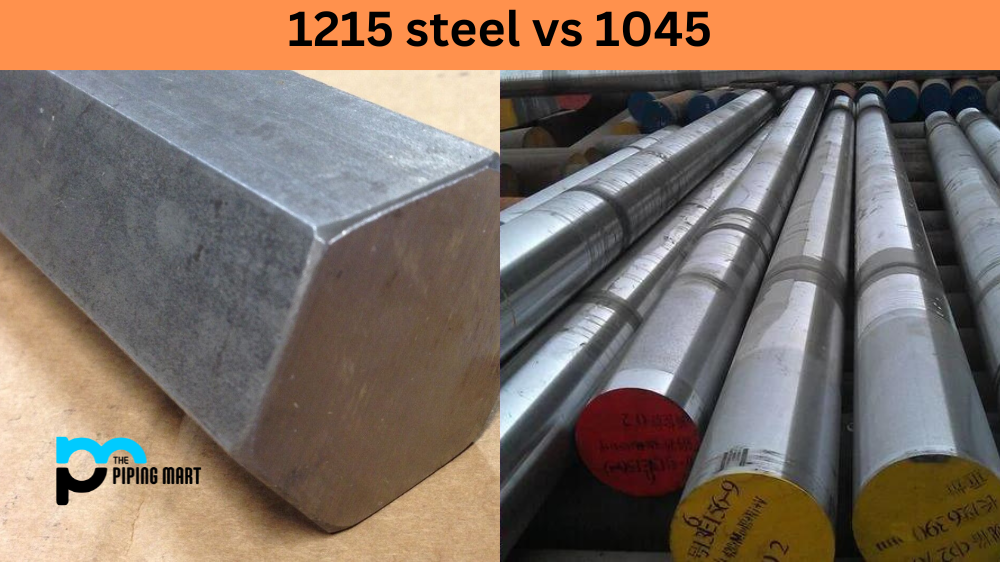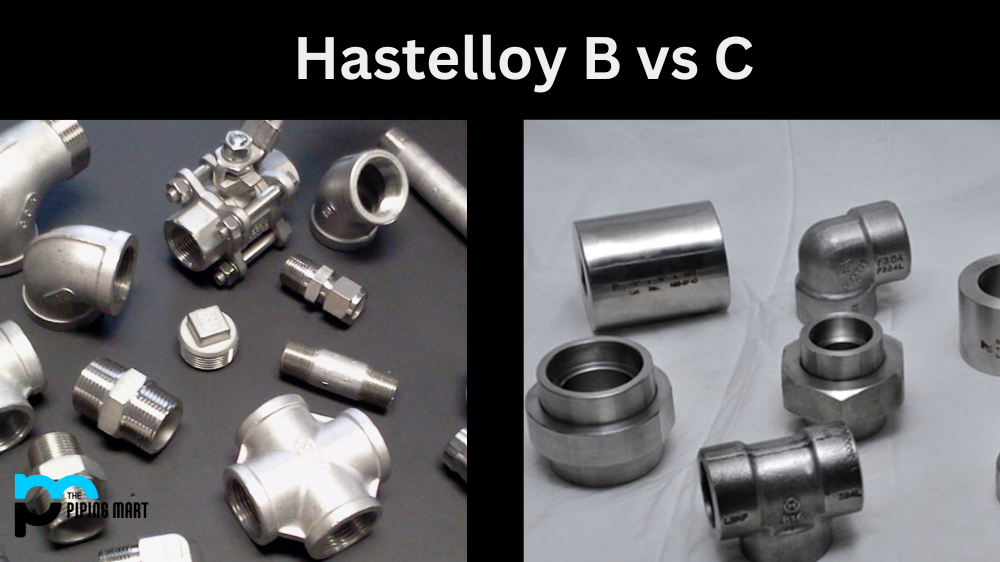When it comes to manufacturing, there are a variety of different methods that can be used. Two such processes are extrusion and drawing. Both of these processes have their own set of advantages and disadvantages, but when it comes to deciding which one is best for your project, it’s important to understand the differences between them.
Basics of Extrusion
Extrusion is a process that involves pushing material through a die or mould in order to create a shape or cross-sectional profile. This process can be used with both metals and plastics and is often used to create parts with an even wall thickness or profile. It is also very versatile, as it can be used to create both simple and complex shapes. Additionally, extrusion can be used with a variety of materials, including aluminum, brass, copper, stainless steel, and more.
Basics of Drawing
Drawing is similar to extrusion in that it uses dies or moulds in order to create shapes or profiles from metal or plastic material; however, unlike extrusion, which focuses on creating parts with even wall thicknesses or profiles, drawing focuses on creating parts with variable wall thicknesses or profiles. Additionally, drawing is usually done at lower speeds than extrusion due to the fact that the process requires more force. This makes drawing better suited for larger parts than those produced by extrusion.
Difference Between Extrusion and Drawing
- Extrusion is a manufacturing process where a material is pushed through a die to create a desired shape.
- Drawing is a manufacturing process where a material is pulled through a die to create a desired shape.
- Extrusion can be used with both metals and plastics, while drawing is typically only used with metals.
- Extrusion results in a product with uniform cross-sections, while drawing can create products with varying cross-sections.
- Extrusion is typically faster and less expensive than drawing.
Conclusion:
When it comes to choosing between the two processes of extrusion and drawing for your next project, it’s important to consider the strengths and weaknesses of each process in order to make the right decision. Extrusion works best for parts with even wall thicknesses or profiles, while drawing works best for parts with variable wall thicknesses or profiles. Additionally, drawing requires more force than extrusion, so it should be limited to larger projects where force isn’t an issue. By understanding the differences between these two processes, you’ll be able to make an informed decision about which one will work best for your project needs!

Pipingmart is a B2B portal that specializes in metal, industrial and piping items. Additionally, we share the latest information and information about materials, products and various types of grades to assist businesses that are involved in this business.




